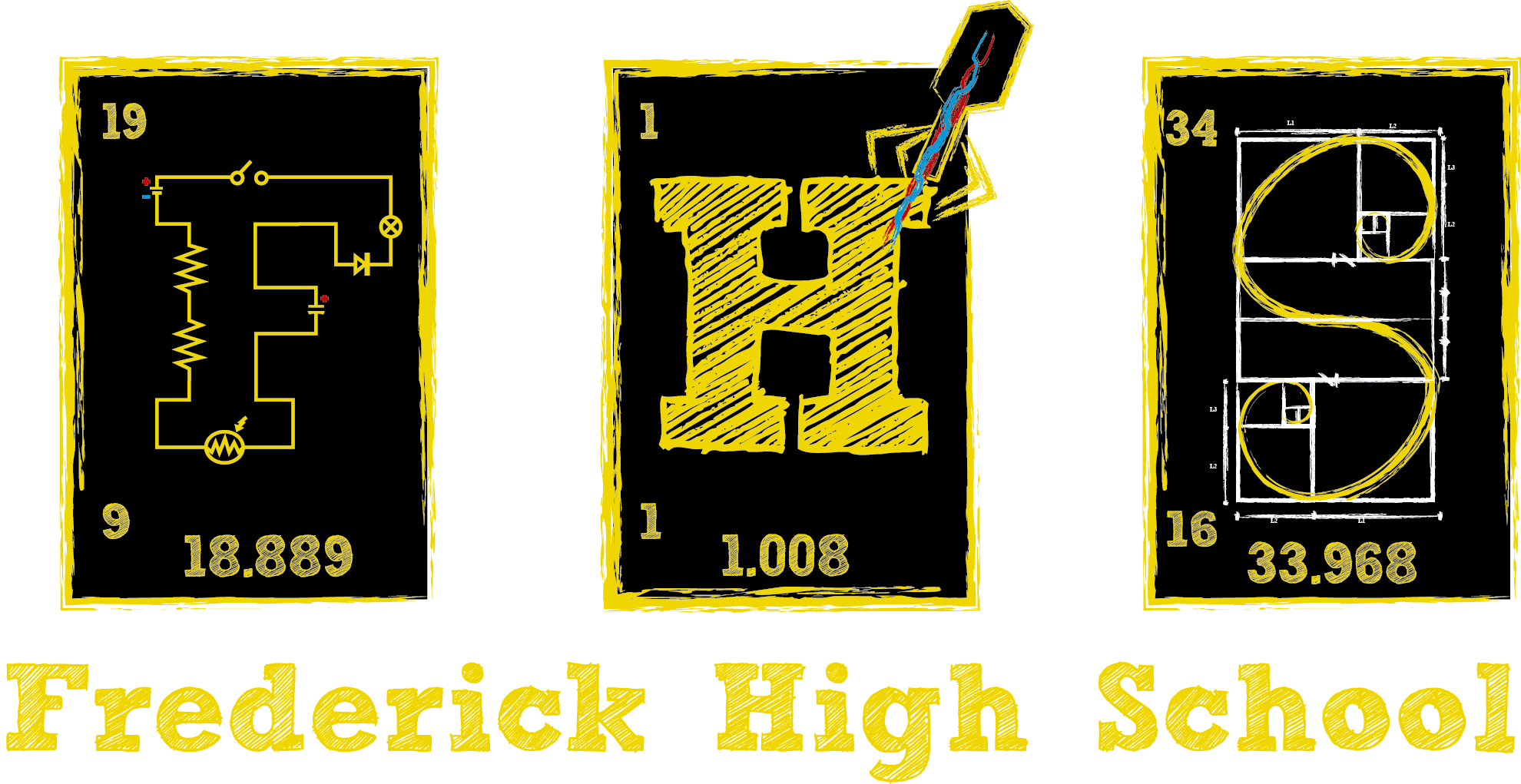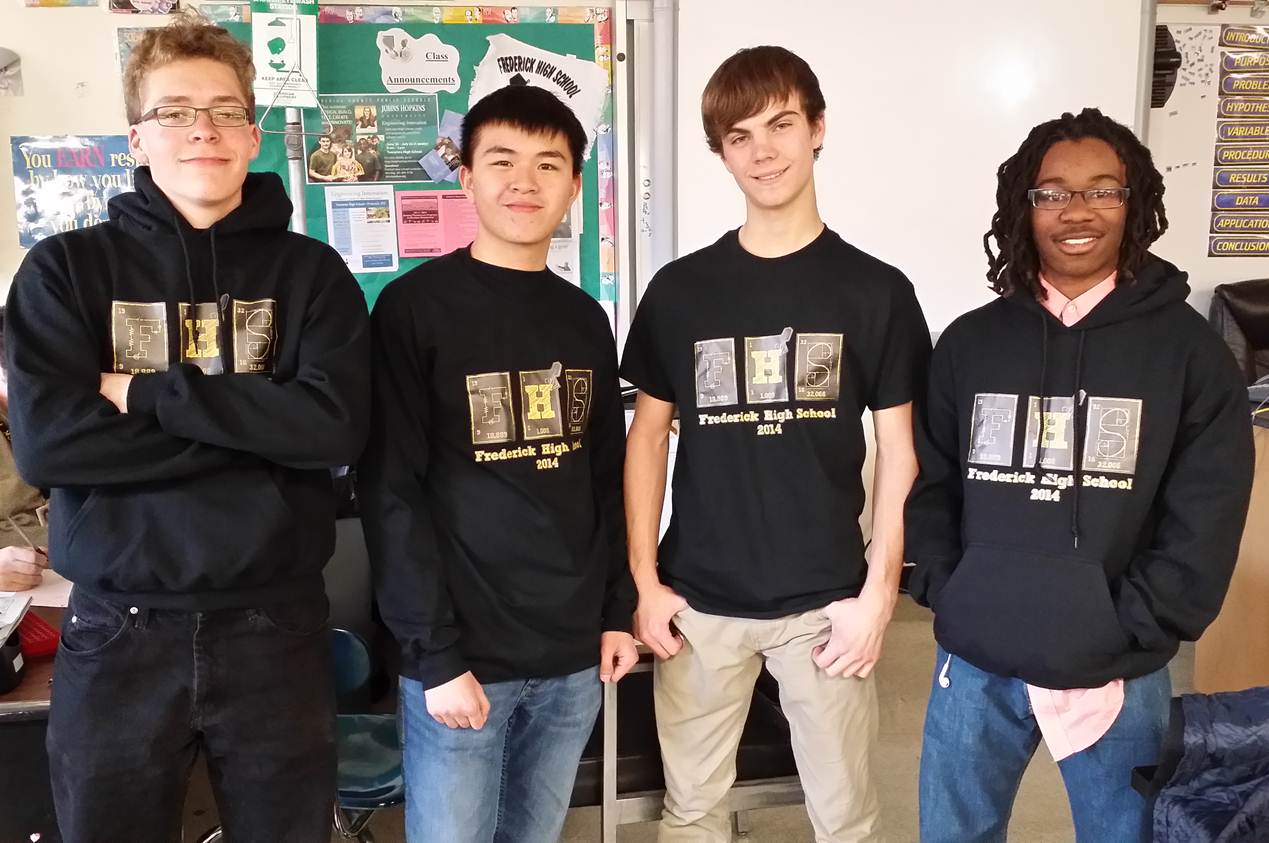Team:FHS Frederick MD
From 2014hs.igem.org
(→LOV Domain: Moved to the corresponding page) |
(→Sponsors: Moved to new page) |
||
| Line 52: | Line 52: | ||
===Results/Conclusions=== | ===Results/Conclusions=== | ||
What did you achieve over the course of your semester? | What did you achieve over the course of your semester? | ||
| - | |||
| - | |||
| - | |||
| - | |||
| - | |||
| - | |||
| - | |||
| - | |||
| - | |||
| - | |||
| - | |||
| - | |||
Revision as of 10:46, 19 June 2014
Team
We are interested in creating a microbial fuel cell that utilizes anaerobic bacteria to produce electricity. In order to optimize the growth conditions in the fuel cell, a fluorescent protein marker will be added so to visualize bacterial growth. We plan to implement an oxygen-sensitive promoter to induce expression of the glowing gene. This should ensure that bacteria only grow under anaerobic conditions. This would lead to the creation of a genetic construct that can be deposited back into the “toolbox” parts repository for iGEM.
Goals
Gene Design
(Kyle and Jonathon, briefly summarize how NirB and LOV work together.)
Methods
(This is Dillon's domain.)
3A Assembly
We used the 3A, or 3 antibody, assembly kit in order to transform E.coli with two genes, the LOV gene and the NirB gene. These genes will allow for further work with Schwenella bacteria in the anaerobic microbial fuel cell. We then used the mini-prep components of the kit to purify our plasmid. We verified the plasmid's presence through electrophoresis and further sequence analysis.
 "
"

